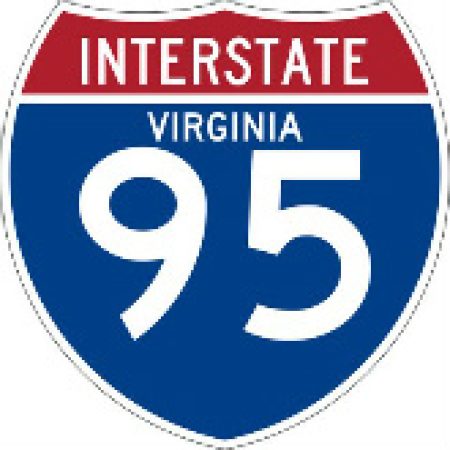State transportation departments across the country are spending billions of dollars to build new roads and highways even as they fail to maintain the road networks they already have, according to a new report by Smart Growth America and Taxpayers for Common Sense.
Between 2009 and 2011, the most recent years for which Federal Highway Administration numbers are available, the 50 states collectively spent $20.4 billion annually to build new or expanded roads. That sum was sufficient to add 8,822 lane-miles, increasing the road network by slightly less than 1%. Over the same period, expenditures averaged only $16.5 billion annually for repairing and preserving the other 99%, states “Repair Priorities 2014.”
The study drives home the picture of a nation that has built a fiscally unsustainable transportation infrastructure. Virginia is no exception. According to data in the report, the quality of Virginia roads slipped badly over that three-year period, and the state has the third largest repair backlog in the country. Some key Virginia statistics from the report:
- $402 million per year spent on road expansion (68%)
- $192 million spent on road repair (32%)
- 43% of roads reported in good condition, 2008
- 31% of roads reported in good condition, 2011
- 8% of roads reported in poor condition, 2008
- 18% of roads reported in poor condition, 2011
- $3.089 billion annual investment needed in repair and preservation to bring all roads into a state of good repair over a 20-year period.
If those numbers are accurate, it’s a devastating indictment of Virginia transportation policy. As the study points out, if road conditions are allowed to decline, rehabilitating them to good condition gets proportionally more expensive. Every $1 spent to keep a road in good condition avoids $6 to $14 needed later to rebuild a road that has deteriorated significantly. Assuming the numbers are accurate, even with the McDonnell administration’s transportation tax increases, Virginia has no chance of bringing all of its roads up to good condition, at least not in our lifetimes. Indeed, even though state law requires VDOT to prioritize maintenance spending over new construction, it appears that the Commonwealth was doing quite the opposite.
Before panicking, I want to make sure the numbers are, in fact, accurate. It seems difficult to square the FHWA statistics with recently released VDOT Maintenance & Operations figures. According to Chief Engineer Garrett Moore, VDOT is spending $1.86 billion this fiscal year on operations and maintenance. That’s a whole lot more than FHWA’s $192 million.
Rayla Bellis with Smart Growth America explained that the apparent discrepancy likely results from how expenditures are categorized. “Our report looks specifically at capital spending (a category defined by FHWA). That category includes things like pavement resurfacing, widenings, etc. But it doesn’t include things like snow removal, traffic operations and other expenditures.”
I will check to see how VDOT responds to the numbers in this report.
Moore’s report also paints a picture of improving road conditions between 2010 and 2013 in apparent conflict with the SGA data showing worsening conditions:

Comparing the data from the Smart Growth America report and VDOT data may be apples-to-oranges. The SGA report captures the period between 2008 and 2011, when VDOT was still smarting from the recession, while Moore’s numbers reflect more recent years and improved economic conditions. Also, SGA was looking at “good” and “poor” in a good/fair/poor rating scale while Moore appears to be tracking good/fair road conditions.
VDOT may have a perfectly reasonable explanation for the numbers, so I’ll withhold judgment. But if it doesn’t, Virginians should be up in arms. With all the new money flowing in, there is no excuse for short-changing maintenance. Not only do the “Repair Priorities 2014″ numbers suggest that state is creating a fiscal time bomb, but driving on sub-par roads costs Virginians millions of dollars a year in car repairs. (The national estimate is $67 billion yearly, which works out to more than $1 billion annually based on Virginia’s share of the national population.)
How some other states do it. Recognizing the folly of building new roads while existing roads are deteriorating, a few states have halted the expansion of their road networks. In a conference call coinciding with the study roll-out, Richard Tretault, a Vermont transportation official, said Hurricane Irene forced a re-think of transportation policies in his state. Vermont has prioritized maintenance of existing roads and, post-Hurricane Irene, reconstructing flood-prone stretches. The state has even considered divesting some roads.
At the county level, Michigan has turned lightly traveled paved roads back to gravel, and it has subjected some roads to “road diets” — converting four-lanes to three lanes + a bike lane, said Polly Kent, an administrator with Michigan’s intermodal policy division.
The policy of Tennessee, whose road conditions ranked second best in the report, is to maintain good roads throughout the state. The Volunteer State budgets recurring costs like maintenance and repairs first, said Steve Allen, strategic transportation investment director, and only after those needs have been met does the state allocate funds for construction.






